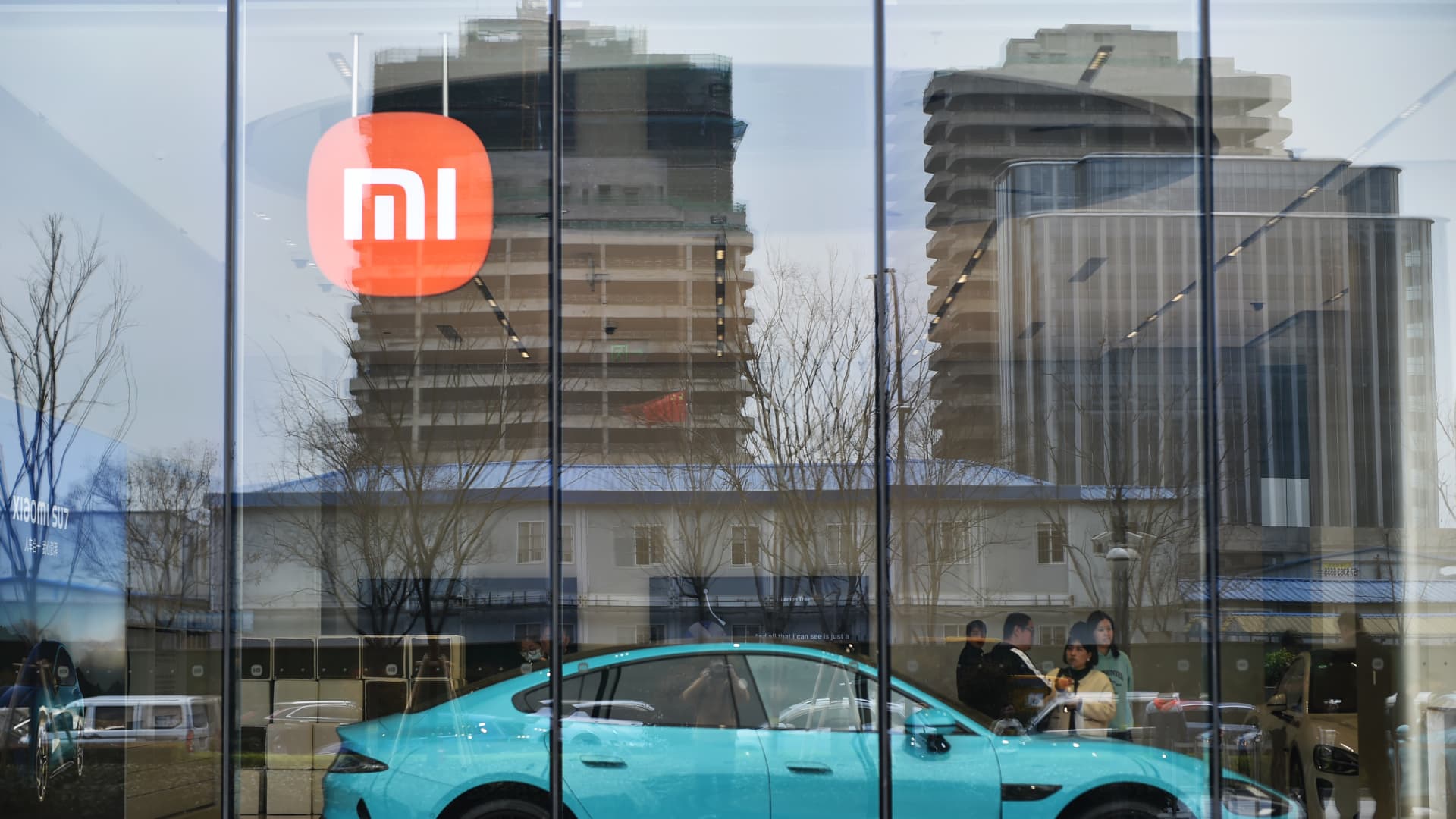Pictured here is a commercial residential property under construction in Nanning, capital of southern China’s Guangxi Zhuang Autonomous Region, March 20, 2024.
Future publishing | Future publishing | Getty Images
BEIJING – China’s fiscal stimulus is becoming less effective and is more of a strategy to buy time for industrial and consumer policy, Yunbang Xu, senior analyst at S&P Global Ratings, said in a report on Thursday.
The analysis used government spending growth to measure fiscal stimulus.
“In our view, fiscal stimulus is a buy-time strategy that could have some longer-term benefits if projects focus on revitalizing consumption or industrial upgrades that increase value creation,” Xu said.
China has targeted GDP growth of around 5% this year, a target many analysts say is ambitious given the scale of the stimulus measures announced. The head of the country’s top economic planning agency said in March that China would “strengthen macroeconomic policies” and improve coordination between fiscal, monetary, employment, industrial and regional policies.
High debt limits a local government’s ability to provide fiscal stimulus, regardless of whether a city is considered a high- or low-income region, the S&P report said.
Public debt as a share of GDP can range from about 20% for the high-income city of Shenzhen to 140% for the much smaller, low-income city of Bazhong in southwestern Sichuan province, the report said.
“Given fiscal constraints and declining efficiency, we expect local governments to focus on cutting red tape and taking other measures to improve the business environment and support long-term growth and living standards,” S&P’s Xu said.
“Investments are less effective during this time [the] drastic slowdown in the real estate sector,” Xu added.
Year-to-date fixed asset investment picked up pace in March compared with the first two months of the year, thanks to an acceleration in manufacturing investment, according to official data released this week. Investment in infrastructure slowed growth, while investment in real estate continued to decline.
The Chinese government announced plans earlier this year to boost domestic demand through subsidies and other incentives for upgrading equipment and switching consumer goods. The measures are officially expected to result in annual equipment spending of well over 5 trillion yuan ($704.23 billion).
Officials told reporters last week that the central government would “strongly support” such fiscal improvements.
Based on data from 2020 to 2022, S&P found that local governments’ fiscal stimulus was generally larger and more effective in wealthier cities.
“Higher-income cities have an edge because they are less vulnerable to declines in housing markets, have a stronger industrial base, and their consumption is more resilient during downturns,” Xu said in the report. “Industry, consumption and investments will remain the most important growth drivers in the future.”
“High-tech sectors will continue to drive China’s industrial modernization and anchor long-term economic growth,” Xu said. “However, overcapacity in some sectors could lead to price problems in the short term.”
Source link
2024-04-19 04:25:12
www.cnbc.com















